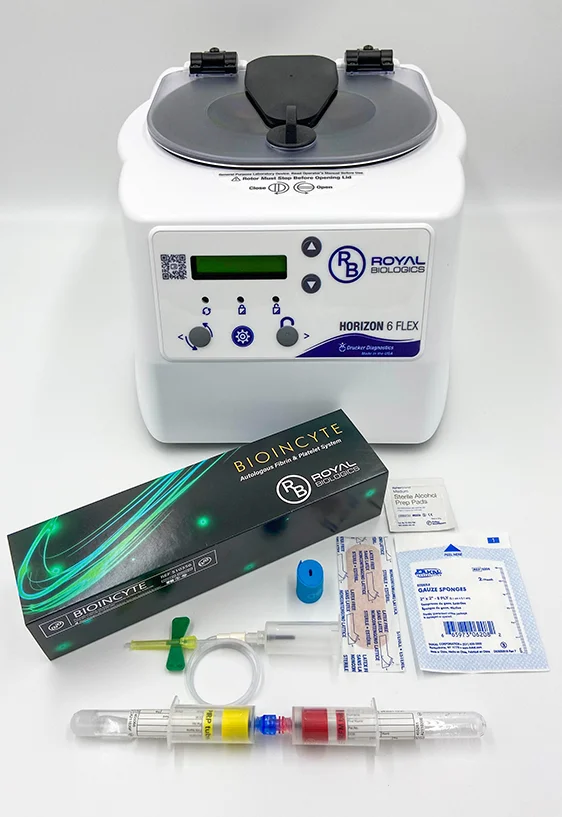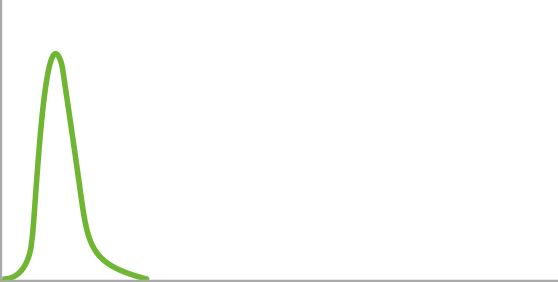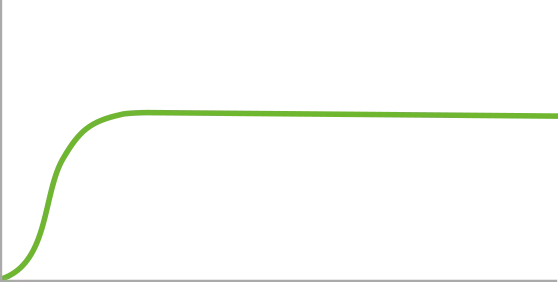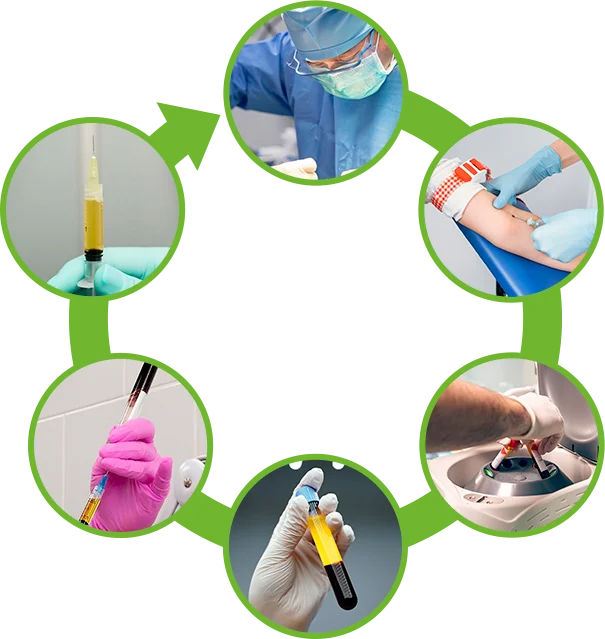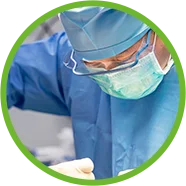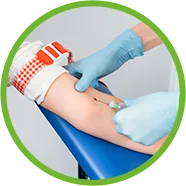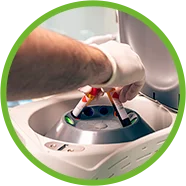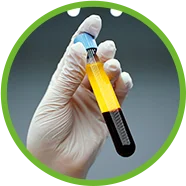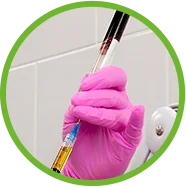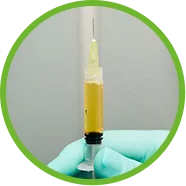
The BIOINCYTE™ System is designed for the safe and rapid preparation of Platelet-rich Fibrin Matrix (PRFM) from a small sample of blood at the patient point of care. BIOINCYTE™ eliminates extensive contamination of red blood cells and white blood cells.
BIOINCYTE™ removes virtually all contaminating cells, creating an ultra-pure PRFM. PRP is converted to PRFM through a controlled process, creating a scaffold that serves to protect and preserve platelets. By creating a fibrin matrix scaffold for the activated platelets, BIOINCYTE™ is able to create a longer bio-active environment for platelets to release growth factors.
